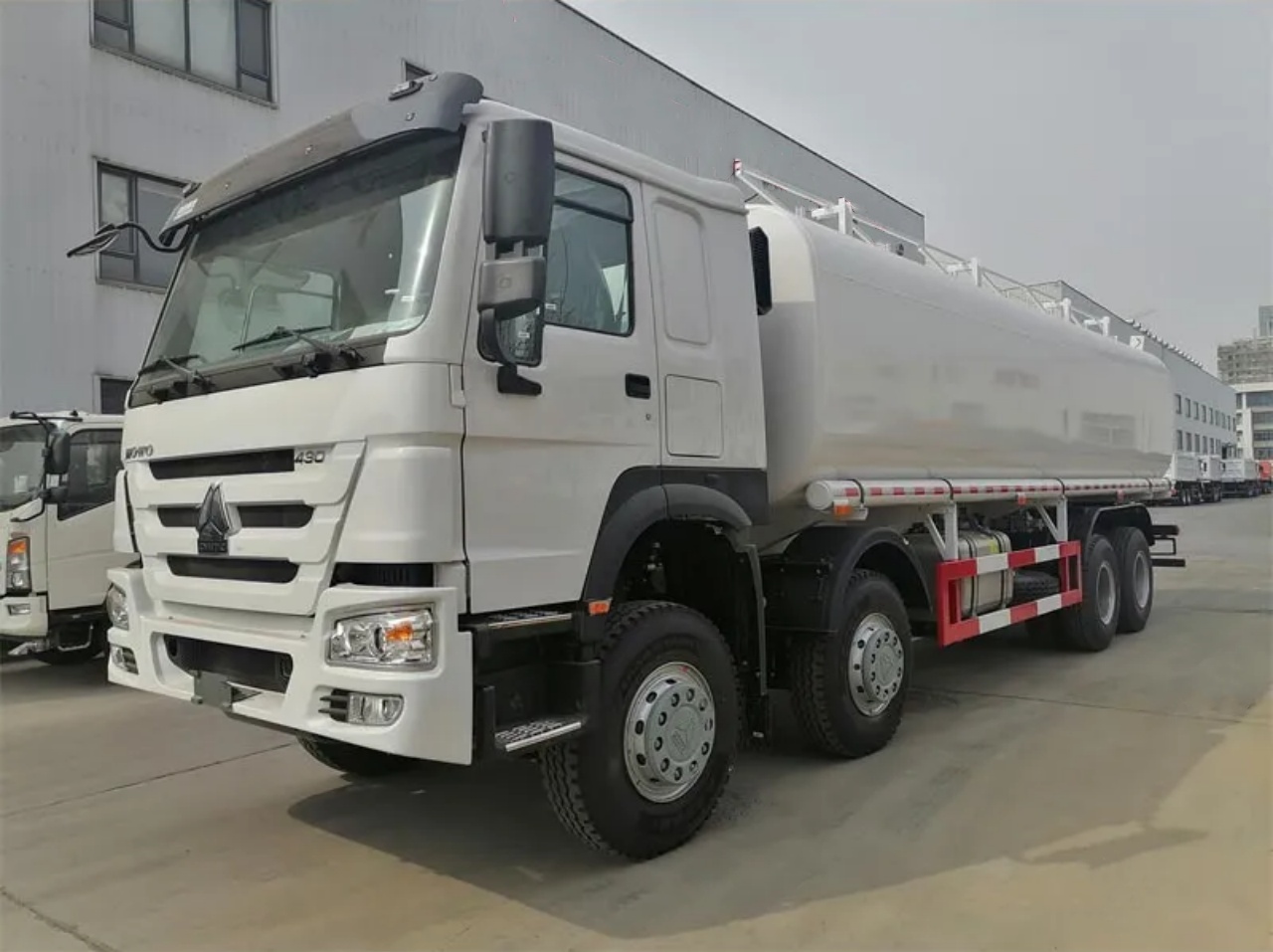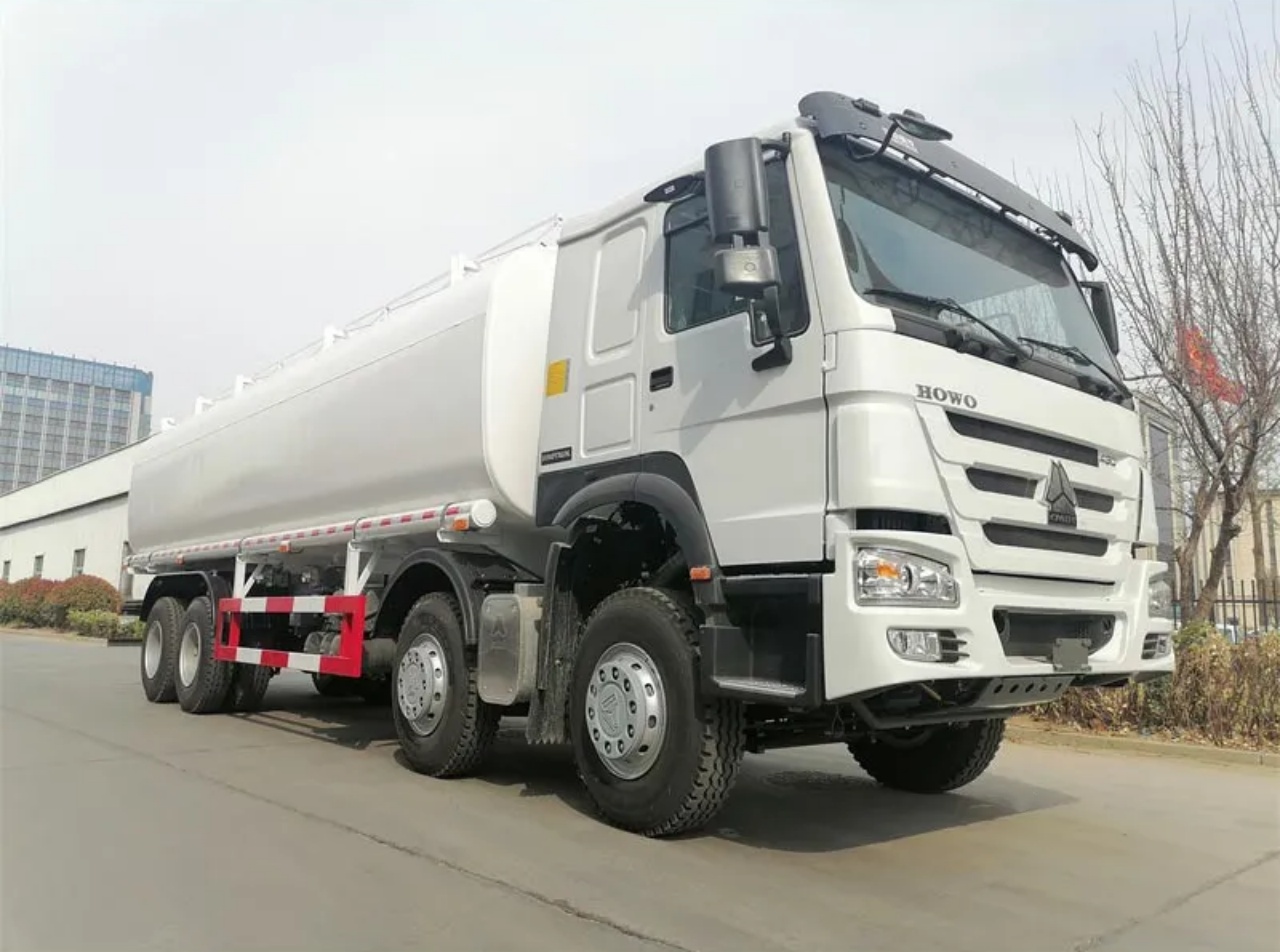Water trucks are essential vehicles in a wide variety of industries, from construction and mining to agriculture and firefighting. These specialized trucks are equipped with large tanks and distribution systems that allow them to transport and dispense water wherever it’s needed. While “water truck” is the most commonly used term, there are several other names used to refer to this vehicle, depending on the industry, region, or specific function. So, what is another name for a water truck? Let’s explore the terminology, functions, and the reasons behind the alternative names used for these versatile machines.
Common Alternative Names for a Water Truck
1. Water Tanker
One of the most widely used alternative names for a water truck is “water tanker.” This term emphasizes the tank component of the vehicle. The term “tanker” is often used about trucks that transport liquids or gases, and a water truck fits perfectly within this category. Water tanker is a common term used internationally and is particularly popular in countries like Australia, India, and parts of Europe.
2. Water Bowser
In many parts of the world, particularly in the UK, Africa, and parts of Asia, the term “water bowser” is frequently used. A bowser is essentially a mobile water tank, and while it originally referred to smaller mobile water tanks towed by vehicles, the term has evolved to include full-sized water trucks as well. This term is especially popular in emergency response contexts, agricultural use, and construction.
3. Water Sprayer Truck
This name describes one of the primary functions of the vehicle: spraying water. A “water sprayer truck” is often equipped with spray nozzles and is used for dust control, road cleaning, and irrigation. This name is more function-specific and is commonly used in construction, municipal maintenance, and landscaping.
4. Dust Suppression Truck
In construction and mining environments, the water truck is often referred to as a “dust suppression truck.” These trucks play a critical role in controlling airborne dust particles on unpaved roads or dry work sites. The name reflects their specific utility in improving air quality and visibility, and in meeting environmental regulations.
5. Tanker Truck (Water)
Though a bit more general, the term “tanker truck” followed by the content it carries (in this case, water) is also common. For example, someone might refer to it as a “tanker truck carrying water.” This name is more descriptive and is used in documentation or official transport terminology.
Why So Many Names?
The different names for water trucks often stem from 3 key factors:
a. Regional Language and Preferences
Different regions use different terminology depending on local language, historical context, or industry-specific jargon. For instance, “bowser” is more common in the UK and Commonwealth nations, while “water tanker” is favored in Australia and India.
b. Functionality
Water trucks are used for a variety of tasks—irrigation, dust suppression, firefighting, road cleaning, and more. As a result, people often name the truck based on what it’s being used for. For example, when used in firefighting, it might be referred to as a “fire support tanker” or “fire water truck.”
c. Industry Usage
Different industries may have their standard terminology. In mining, “dust suppression truck” is more familiar. In agriculture, the term “irrigation water truck” may be used. In public works, you’ll likely hear “street flushing truck” or “road water truck.”
Core Components of a Water Truck
Regardless of what it’s called, a water truck generally has the same essential components:
- Water Tank – Made of steel, aluminum, or polyethylene, and designed to hold thousands of gallons.
- Pump System – Powers the spraying or distribution of water.
- Spray Nozzles – Located at the front, rear, or sides of the truck for effective spraying.
- Control Valves – Allow operators to control the water pressure and direction.
- Hose Reel – Useful for manual watering or refilling containers.
Applications of Water Trucks
Water trucks serve many purposes beyond just transporting water. Their use cases are as varied as their names.
1. Construction
Water trucks are indispensable on construction sites. They are used to suppress dust, compact soil, and maintain environmental compliance. Contractors often refer to them as dust control trucks.
2. Mining
In mining operations, dust suppression is critical for worker safety and regulatory compliance. Water trucks, commonly called “mine water trucks” or “dust suppression units,” operate regularly across open-pit mines.
3. Agriculture
Farmers use water trucks for irrigation, livestock watering, and transporting water to remote fields. In these cases, the term “farm water truck” or “irrigation truck” is often used.
4. Firefighting Support
Though not fire engines themselves, water trucks are often deployed in wildfire-prone areas as support vehicles, sometimes called “tactical water tenders” or “fire water tankers.”
5. Municipal Services
City governments use these vehicles for street cleaning and landscaping. Here, you may encounter names like “street flushing truck” or “city sprayer truck.”
Conclusion
So, what is another name for a water truck? The answer depends on where you are, what industry you’re in, and what the truck is being used for. Common alternatives include water tanker, water bowser, dust suppression truck, water sprayer truck, and tanker truck (water). While the terminology varies, the function remains the same: delivering and distributing water where it’s needed most.
Understanding these different names is more than just semantics—it helps in effective communication, procurement, and operation, especially in international or cross-industry environments. Whether you’re working on a construction site, managing a farm, or ordering a truck for municipal work, knowing the right terminology ensures you get the vehicle that meets your specific needs.
In the end, whether you call it a water truck, a bowser, or a sprayer, this machine remains one of the most vital tools for managing water in modern industries.




